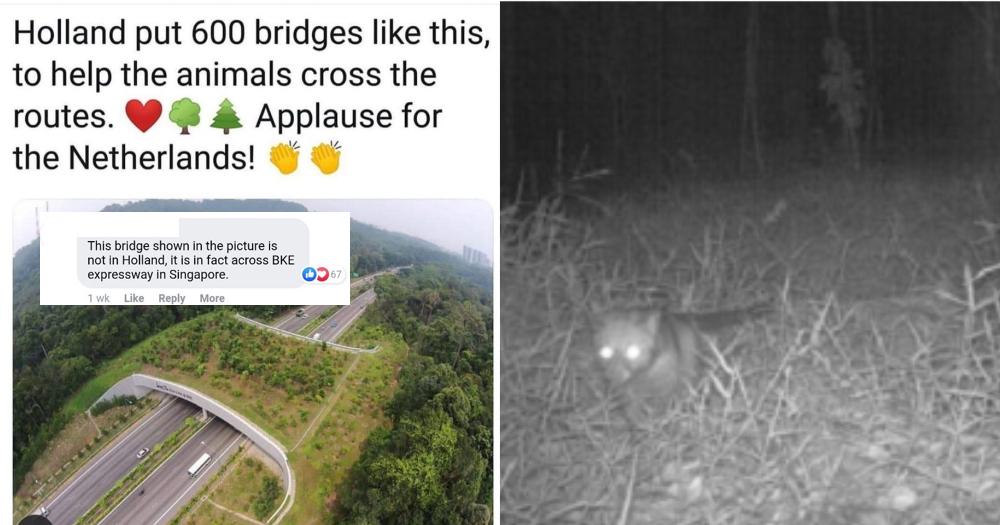Ecobridges are built across roads in cities so wild animals have a greater chance of survival.
Singaporeans will be familiar with the one that spans across Bukit Timah Expressway (BKE):
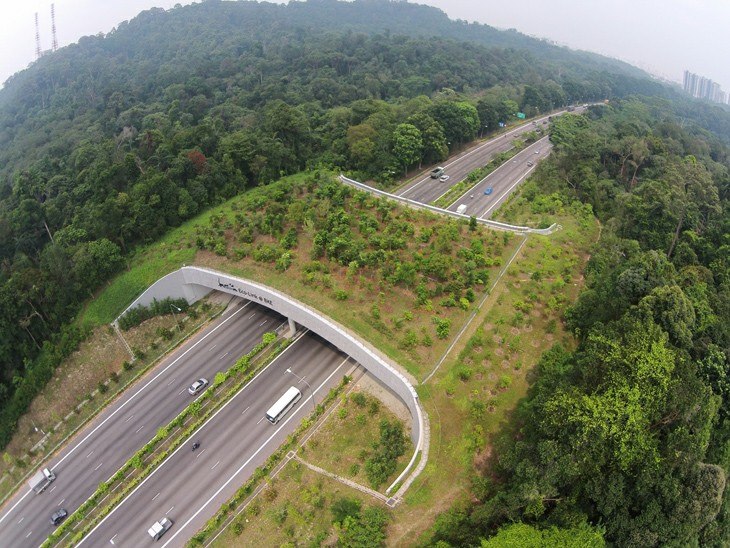 Photo by AS_SG via Asean Skyline.
Photo by AS_SG via Asean Skyline.
Viral photo of Eco-Link@BKE
A recent Facebook post by Earth Wonders showed an image of an ecobridge and stated that the Netherlands has 600 such bridges.
The photo went viral and garnered more than 74,000 shares since it was uploaded a week ago.
Here's the post:
Looks familiar?The photo used in reference was actually the ecological bridge across BKE in Singapore:
 Screenshot from Earth Wonders Facebook post.
Screenshot from Earth Wonders Facebook post.
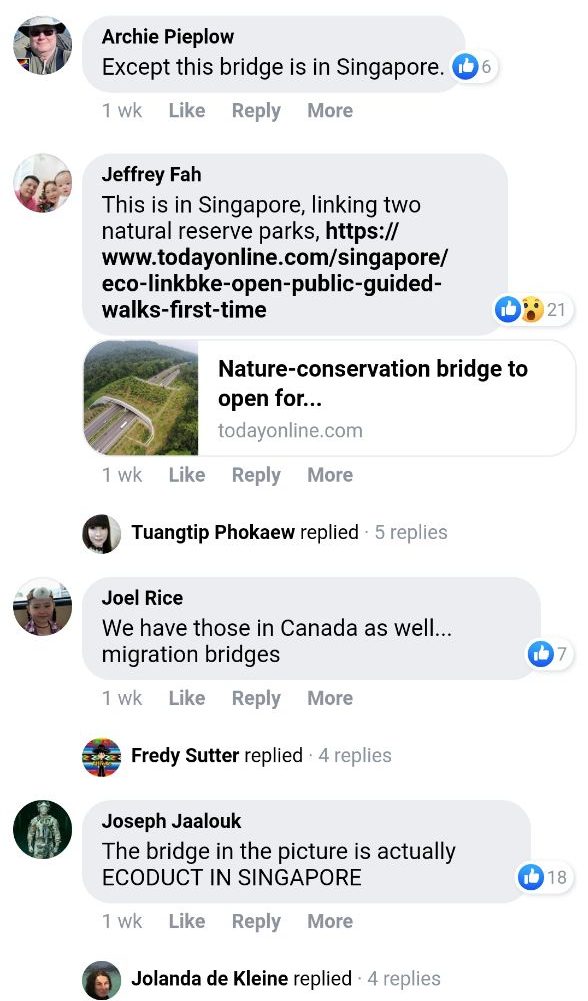 Screenshot from Earth Wonders Facebook post.
Screenshot from Earth Wonders Facebook post.
Although the bridge in the photo is not in the Netherlands, such connectors for wildlife crossing are not exclusive to Singapore either.
Ecobridges can be found in the Netherlands as well as other countries like Canada and Thailand.
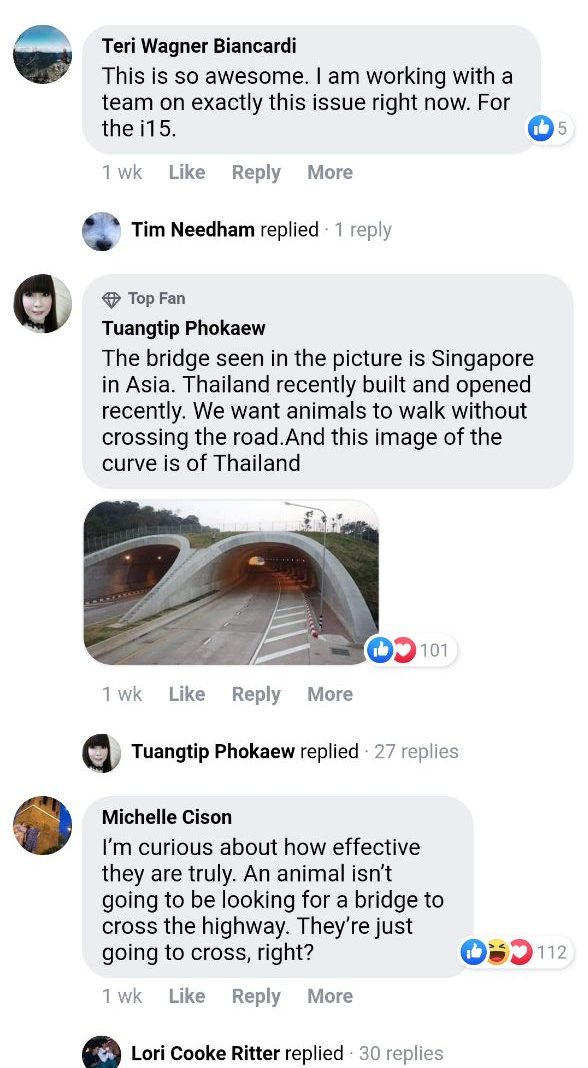 Screenshot from Earth Wonders Facebook post.
Screenshot from Earth Wonders Facebook post.
In Thailand:
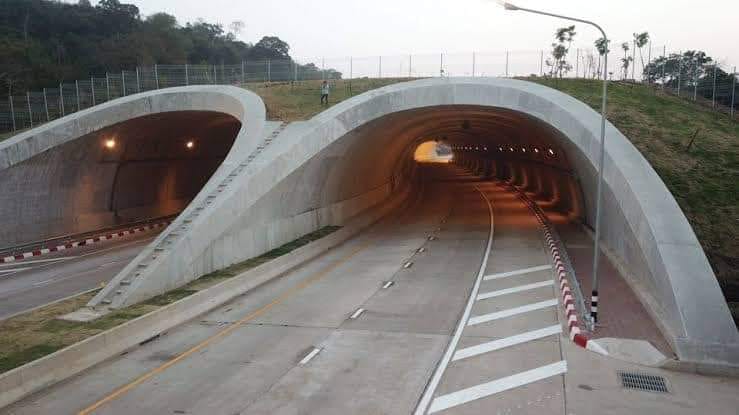 Photo from Tuangtip Phokaew.
Photo from Tuangtip Phokaew.
In the Netherlands:
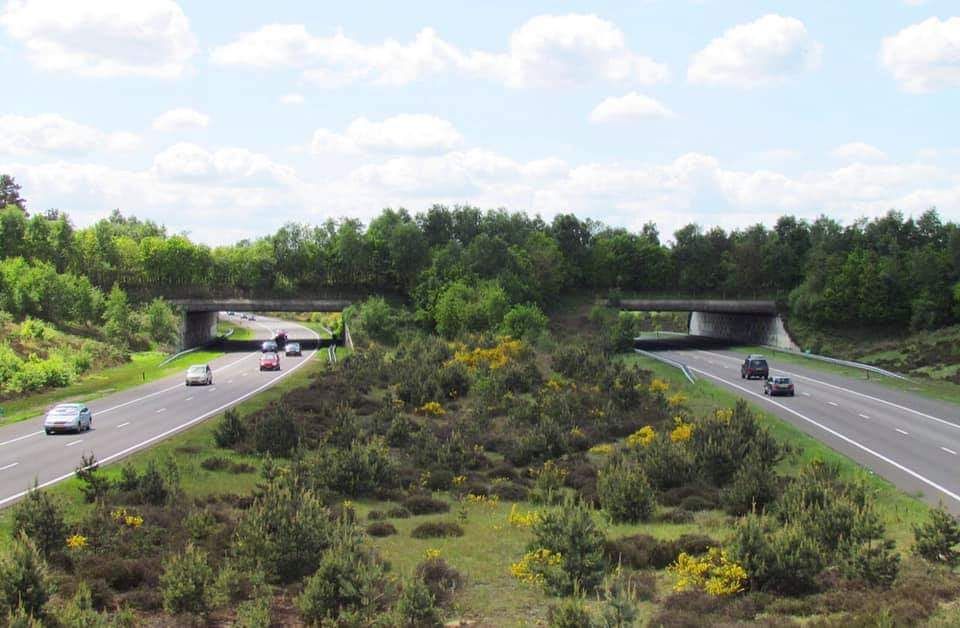 Photo from Sim Immers.
Photo from Sim Immers.
As opposed to what the post claims, some comments highlighted that 600 of such bridges is still a goal that the Netherlands has yet to attain.
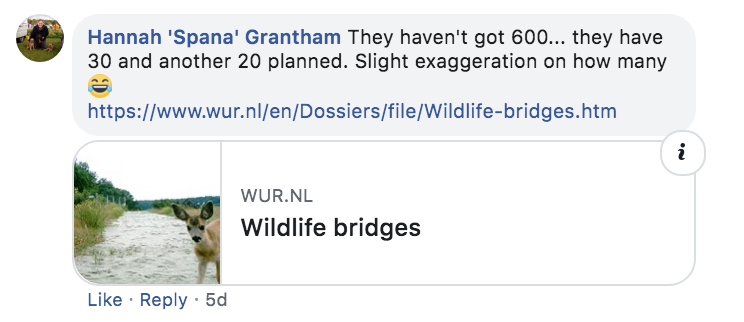 Screenshot from Earth Wonders Facebook post.
Screenshot from Earth Wonders Facebook post.
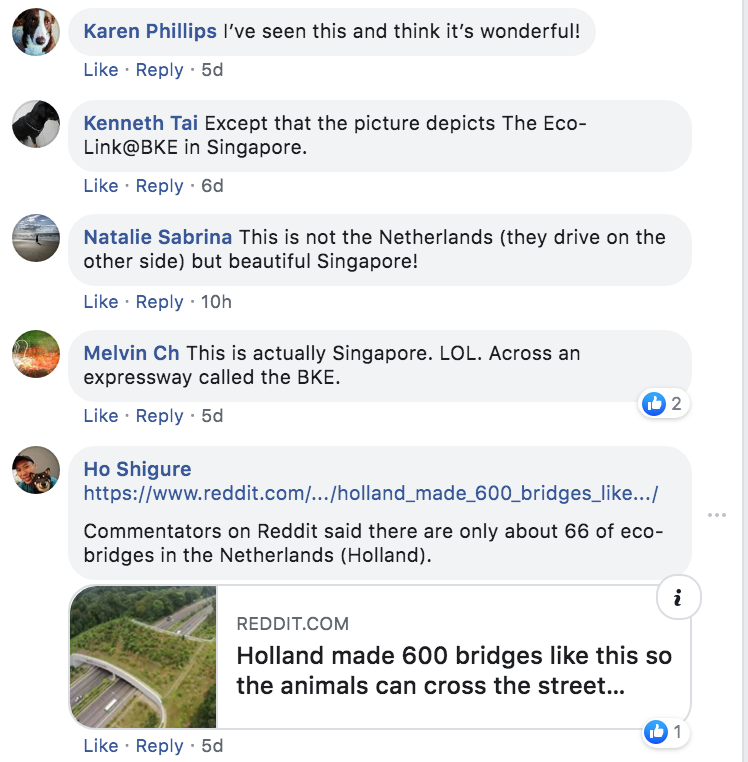 Screenshot from Earth Wonders Facebook post.
Screenshot from Earth Wonders Facebook post.
About Eco-Link@BKE
While the post is not factually accurate, it does get people talking about ecobridges and knowing about the one in Singapore.
Singapore's Eco-Link@BKE was actually the first of its kind in Southeast Asia.
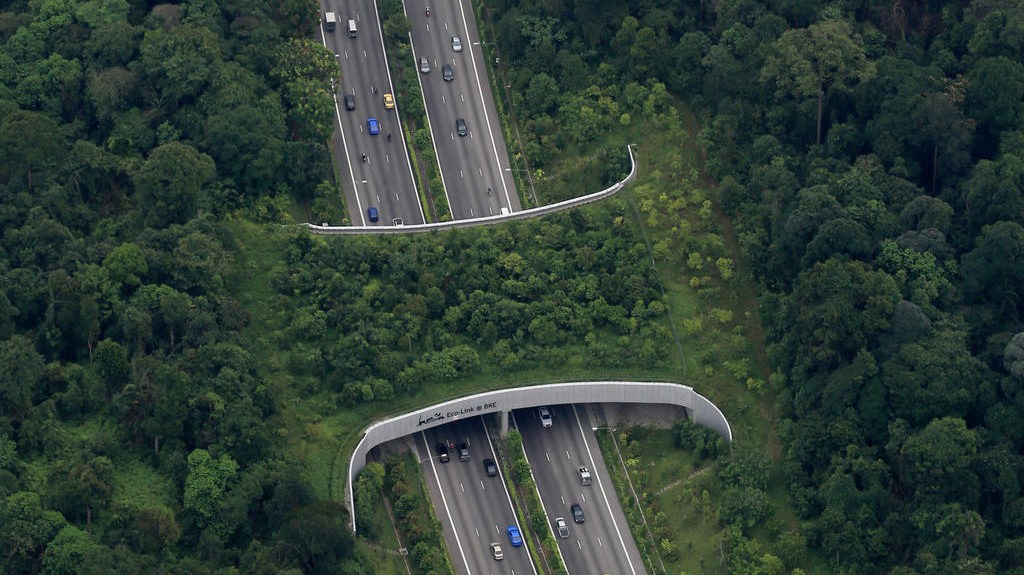 Photo by AS_SG via Asean Skyline.
Photo by AS_SG via Asean Skyline.
 Photo by AS_SG via Asean Skyline.
Photo by AS_SG via Asean Skyline.
The 62m long ecological bridge connects the Bukit Timah Nature Reserve with the Central Catchment Nature Reserve (CCNR).
In order to attract wildlife to use the bridge for crossing, native tree and shrub species were planted on it.
The bridge is also regularly weeded and diligent maintenance helps with forest succession on it.
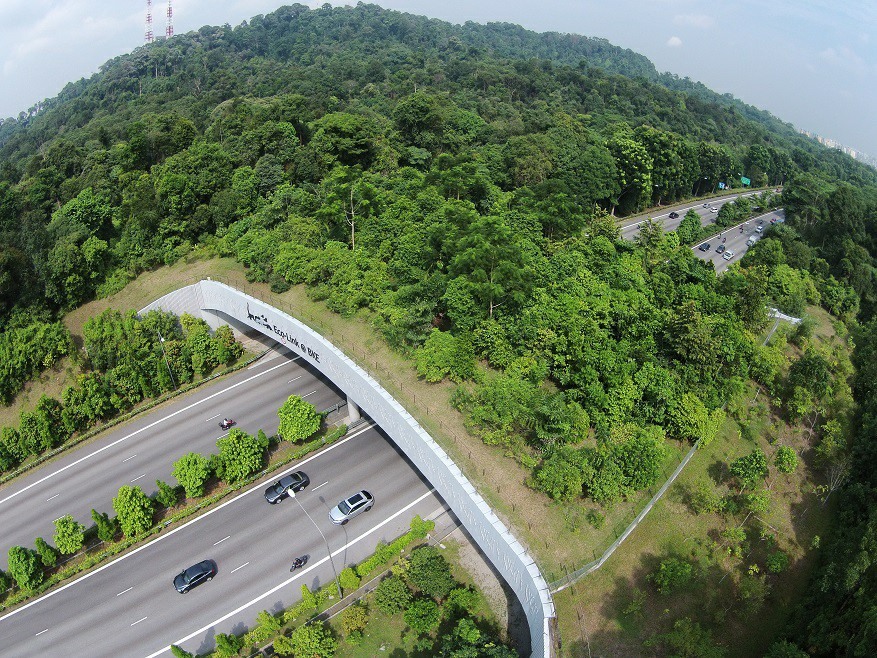 Photo by AS_SG via Asean Skyline.
Photo by AS_SG via Asean Skyline.
The bridge is important as it helps wildlife to expand genetic pool and chances of survive in the urban city.
Animals have been sighted on the bridge over the years:
Common Palm Civet
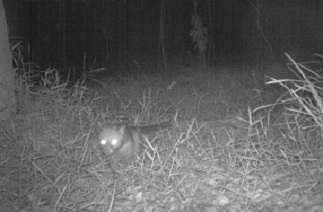 Image by NParks.
Image by NParks.
Sunda Pangolin
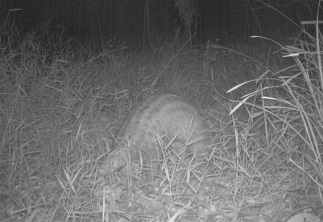 Image by NParks.
Image by NParks.
Slender squirrels
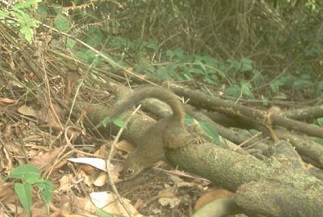 Image by NParks.
Image by NParks.
New Eco-Link in Mandai
A new eco-link bridge at Mandai is slated to be ready by 2019.
This is part of efforts to reduce environmental impacts on the wildlife as the area is being developed into an eco-tourism hub.
The bridge that is 9m high, 110m long and 44m wide, will be built across the Mandai Lake Road, connecting the northern and southern sides of CCNR.
Here's what it is expected to look like:
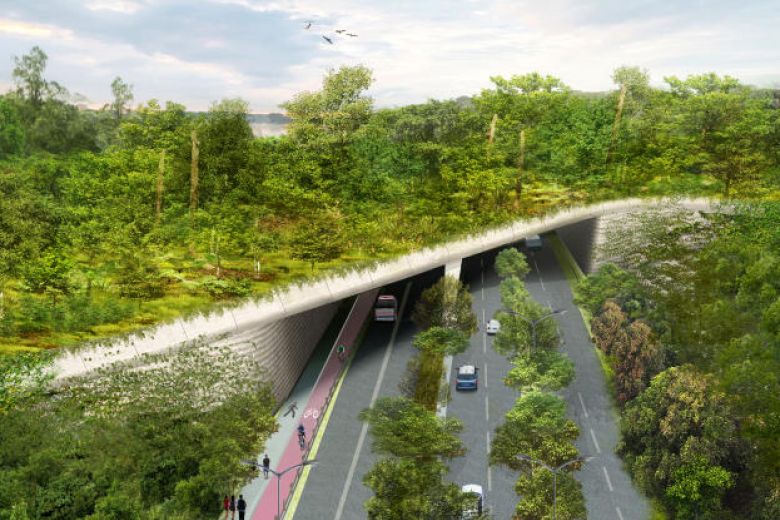 Artist impression of the eco-link bridge. Image by Mandai Park Holdings.
Artist impression of the eco-link bridge. Image by Mandai Park Holdings.
Meanwhile, wildlife surveys are being conducted on a regular basis by wildlife specialists to monitor and assess the forest health and biodiversity near the Mandai work site.
For example, field ornithologist Wang Luan Keng has been involved in bird surveys.
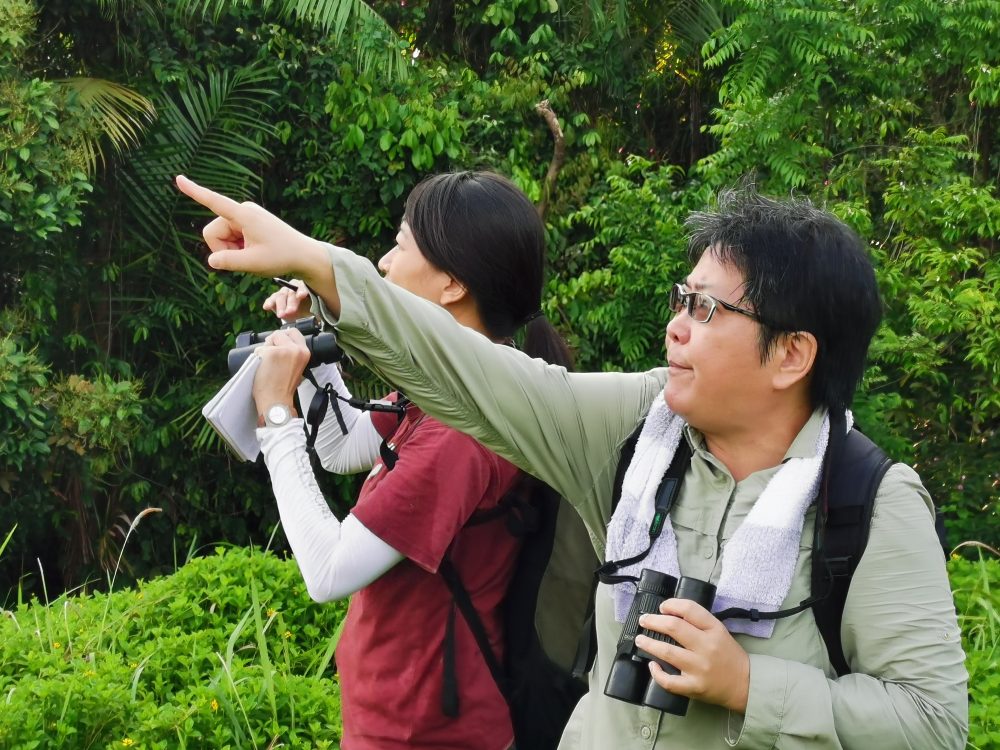 Photo by Zheng Zhangxin
Photo by Zheng Zhangxin
Data collected so far has indicated that the biodiversity level is maintained, according to the assistant vice president of Mandai Park Holding's Sustainable Solutions, Chua Yen Kheng.
The wildlife monitoring will continue after the construction work and this includes the wildlife crossing on the eco-link.
The entire development project in Mandai area is set to be completed by 2023.
Top photo collage from image by Earth Wonders Facebook and image by NParks
If you like what you read, follow us on Facebook, Instagram, Twitter and Telegram to get the latest updates.
